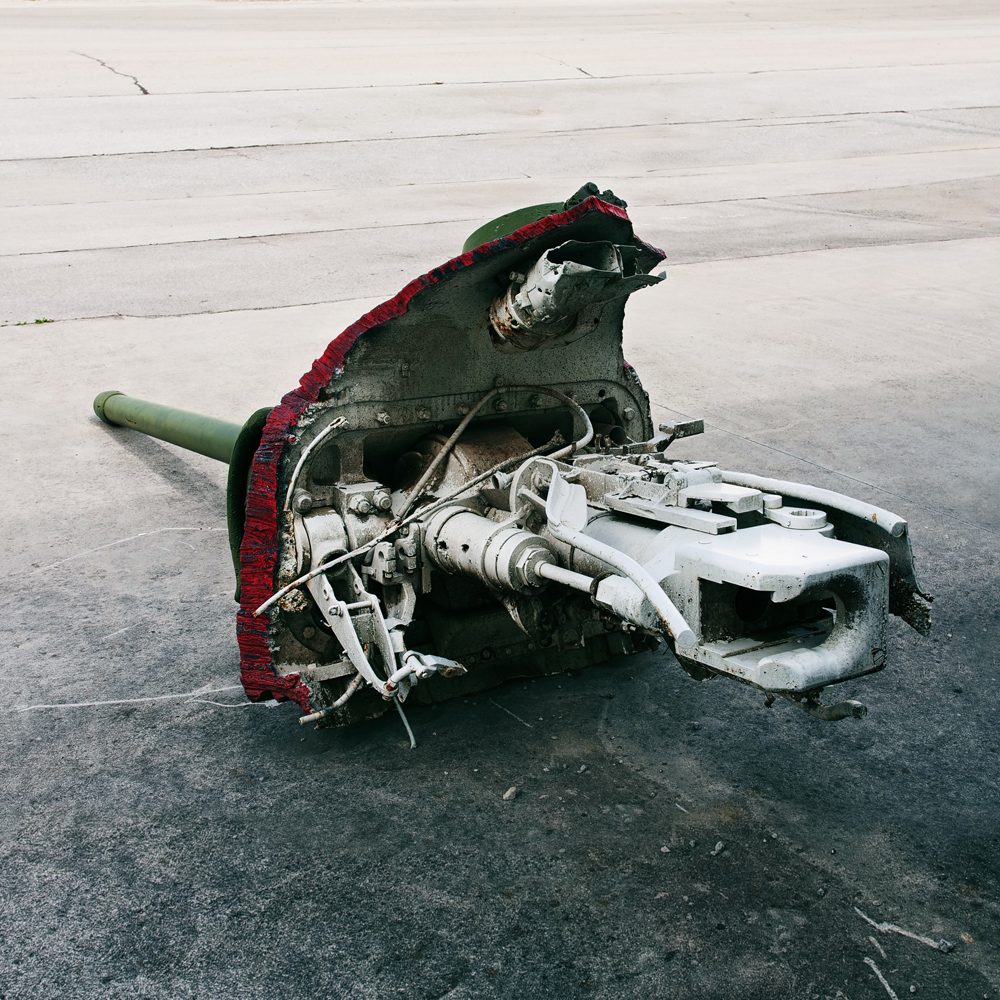Type: Tank Destroyer
Nation: USA
Period: World War 2
Location: Overlord Museum, Colleville-sur-Mer, France

This is not a tank
The M10 was based on the M4A2, the diesel-powered version of the Sherman. It may look very much like a tank, but it was in fact a tank destroyer with relatively thin armour to save weight, an open-top turret to increase visibility and a 3-inch M7 gun to (surprise!) destroy tanks. It was the only diesel-powered armoured vehicle that the US Army was using operationally in World War 2.

Shoot and scoot
US tank destroyers were supposed to be fast and mobile since they were designed for „shoot and scoot“ tactics. While the medium tanks would support the advancing infantry, tank destroyers were meant to be held in the rear. As soon as enemy tanks would attack in force, the TDs were to rush to the battle and destroy them with their anti-tank guns – at least in theory. In reality, the Allies encountered very few massed tank attacks. The tank destroyers, being defensive weapons in an offensive campaign, were used as mobile artillery and in other roles instead.

40,000 dollar foxhole
Since the relatively slow 29-ton M10 was basically a modified tank and not a purpose-designed tank destroyer, it could not fulfil all requirements. It was an interim solution until something better would be available. General Andrew Davis Bruce, head of the Tank Destroyer Force, was never satisfied with the M10 and pushed for the fielding of the much more agile M18 Hellcat. However, many tank destroyer crews grew to like their rugged M10s so much that when they eventually were about to convert to the thinly armoured Hellcats, they would rather have stayed in their „superb 40,000 dollar foxholes“.

Hell on Wheels
This particular vehicle right outside the Overlord Museum is painted in the markings of the 702nd Tank Destroyer Battalion which landed on the nearby Omaha Beach five days after D-Day as part of 2nd Armored Division – „Hell on Wheels“.


2 responses to “3-inch Gun Motor Carriage M10 “Wolverine””
[…] designed for the job and their performance suffered accordingly. The same held true for the interim M10, which was only marginally lighter and faster than the M4A2 Sherman it was derived from. General […]
LikeLike
[…] The M4A2 was the first welded hull Sherman that went into production in April 1942 – just two months after the cast hull M4A1. With 8,053 completed units, it was the single most produced Sherman variant. To avoid a production bottleneck with the M4’s and M4A1’s radial engines, the M4A2 was powered by a General Motors twin straight-six diesel that had already been used in the M3A3 and M3A5 versions of the Lee/Grant medium tank. The liquid-cooled GM engine developed more power and torque than the air-cooled radial, but by order of the War Department only petrol-powered tanks were to be shipped overseas to simplify logistics. The vast majority of M4A2s went to the British Army (who designated it “Sherman III”), the Soviets and the Free French under Lend-Lease. Except for a brief period in Tunisia, when the 1st Armored Division took over some M4A2s intended to be delivered to the British, the US Army only used the Diesel Sherman for stateside training. The US Marine Corps on the other hand were happy to receive any medium tanks at all and deployed them in the Pacific Theatre. In early 1943 the M4A2 eventually came to the US Army in another form: Its chassis had been used as the basis for the successful M10 tank destroyer. […]
LikeLike